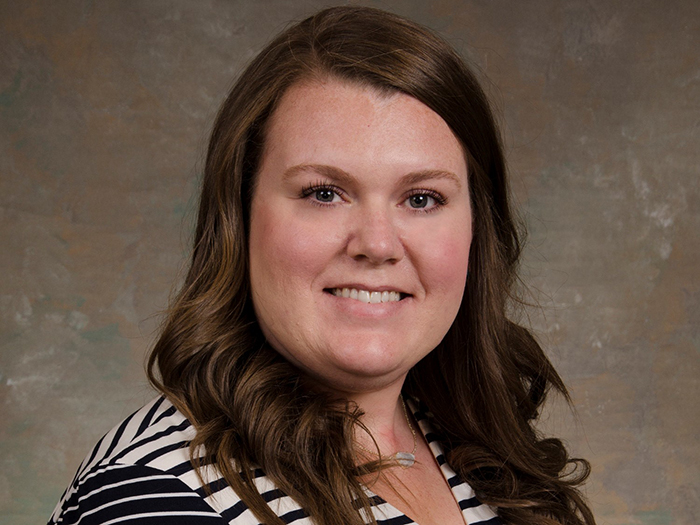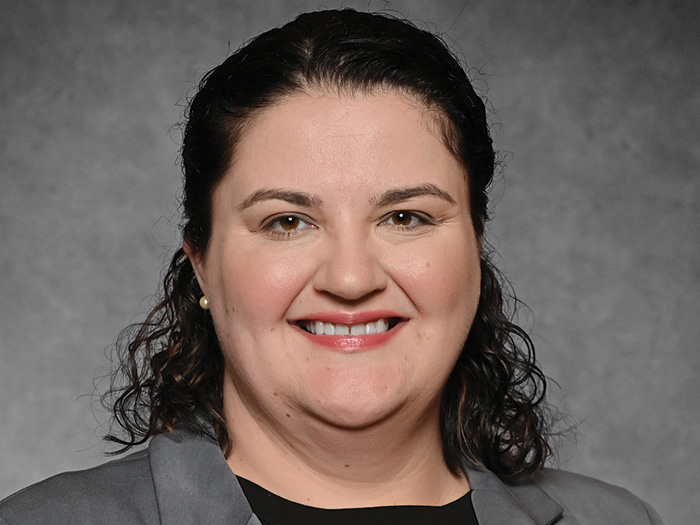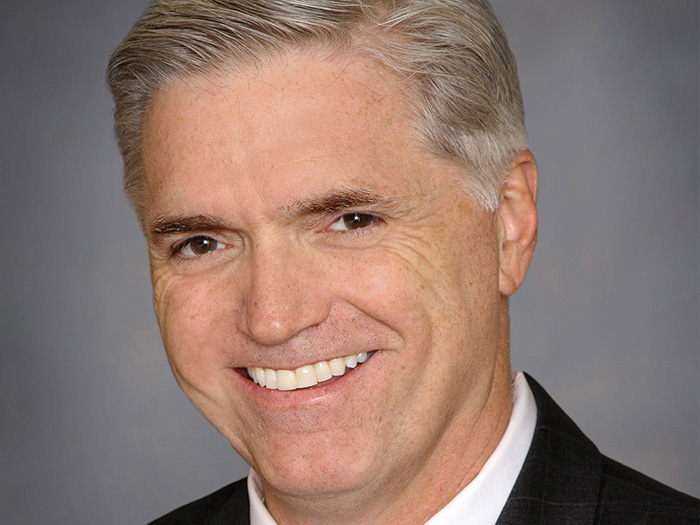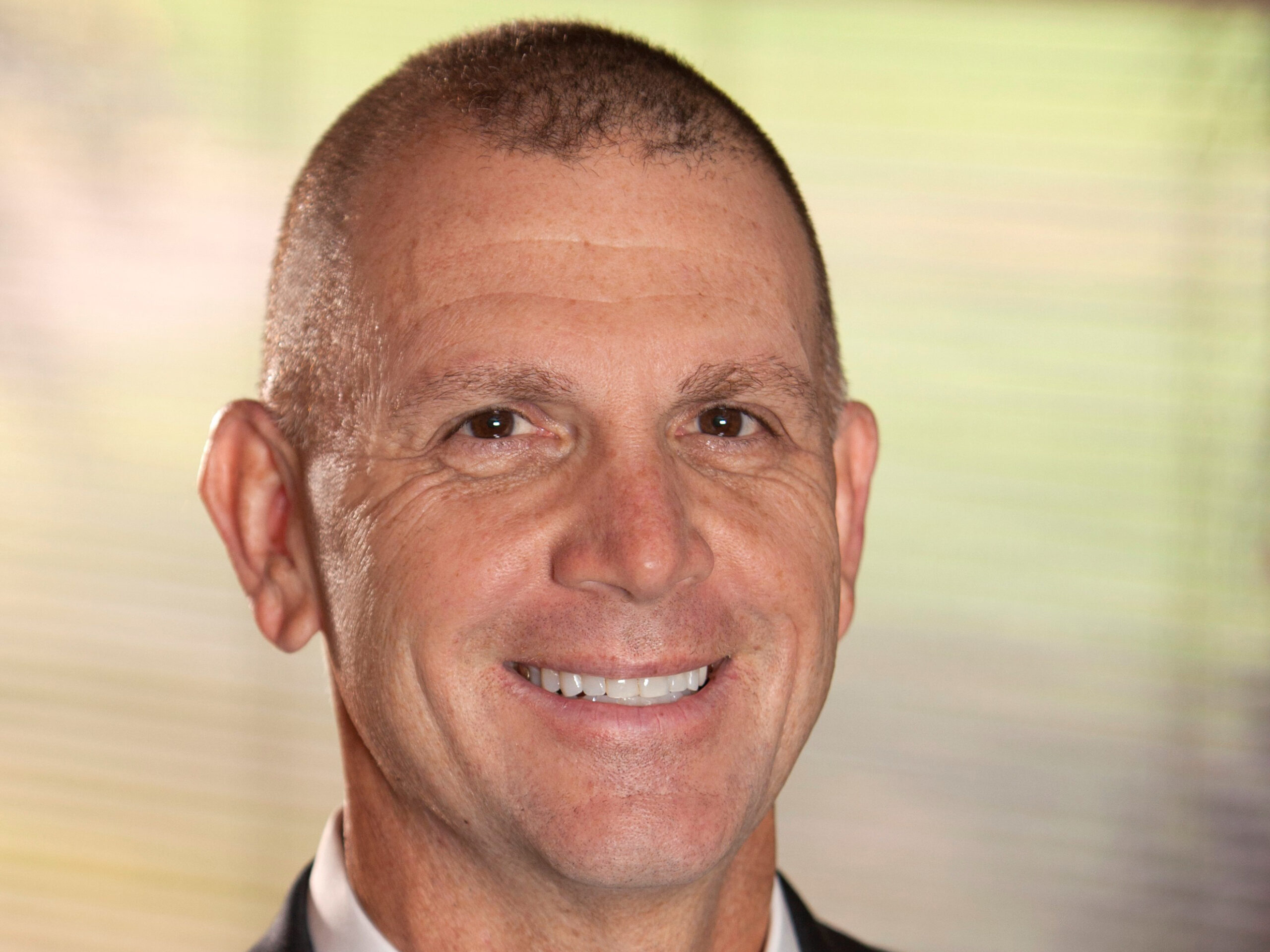Here’s Why Culture and Connected Experiences Are More Important Than Ever When It Comes to Claims Management in the Digital World
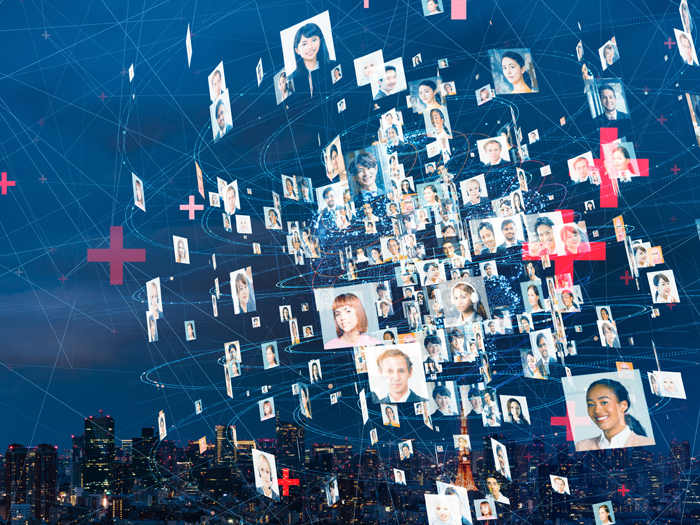
2020 has certainly proven to be a year of unprecedented disruption and change, largely brought on by the novel coronavirus. Phrases like work-from-home, social distancing, personal protective equipment, and video call have erupted in our daily usage in just a few short months.
There’s yet another phrase, however, that should be on our minds during this time: company culture.
“Culture isn’t something that you can manufacture. It has to be something that is developed over time with the company’s employees, customers and goals in mind,” said Steve Deane, chief claims officer for Liberty Mutual’s North American commercial and specialty insurance division.
“It is the company’s culture that sets the stage for a business to not only show its support for its employees and, by extension, its customers, but also create an environment where employees feel confident in the work they do, whether that be virtual or in-person,” he said.
Businesses waiting to see what the future holds after the pandemic have found themselves relying on technology and the digital world more than ever before to maintain productivity.
But while technology is critical, it is only a tool; culture and the more qualitative aspects of doing work — building relationships, human interaction, connection, engagement — are equally important during this time and should be prioritized.
Deane sat down with R&I to discuss why culture and its influence on technology play a significant role in claims management today.
Risk & Insurance®: Why would you say that culture is important, especially now when so many of our daily tasks are being conducted through the digital world?
Steve Deane: Culture is critical in delivering outstanding claims experiences. Technology is important, too, but it’s only a tool that enables a company’s culture.
I joined Liberty in June amid the pandemic. And even though all my interactions have been virtual, I still feel really connected to my team and the organization. Our investments in technology have enabled those connections, but it’s Liberty’s culture — our commitment to our customers, putting people first, having a diverse and inclusive environment, all those things — that’s what’s enabled me to feel connected and part of something bigger. And at a time when there’s so much chaos in the world around us, feeling part of something bigger is more important now maybe than ever.
R&I: Could you tell us a little bit more about what it was like not only entering into a new job and learning this cultural digitally, but then also using it to integrate yourself into the Liberty community?

Steve Deane, chief claims officer, commercial and specialty insurance division, Liberty Mutual North America
SD: Candidly, it was intimidating. Coming to a new company in a broad role like this, where I hadn’t met anybody and I didn’t know anyone, it felt like it was going to be a very difficult mountain to climb. Luckily, I have found the experience to be quite the opposite. Liberty’s culture has been so welcoming.
I have felt from the start that I’m part of a bigger team, and every employee here owns the culture and is part of the culture. In a “normal” setting, I would have gone around the country, visited every office in person, but instead I’m doing those same things virtually. It’s enabled me to see people in their home environment, and they’re seeing me in mine. That breaks down walls in a way that maybe it wouldn’t have if I was actually doing the “standard” office visit routine.
R&I: How do you then introduce culture to new employees and sustain it across an organization in a virtual world?
SD: Through my firsthand experience, I’ve been able to learn Liberty’s culture from everybody across my organization and throughout. As a result, when a new employee onboards, I know that their team manager and their peers will work to successfully bring them into our culture.
Right now, during the pandemic, culture has to start at the top with senior leaders — how we engage our team with virtual town halls, video messages and just being open to the fact that we’re home, too. We’ve got kids and dogs and other things running around; there’s chaos in the background and that’s more than okay — it’s great. It’s completely fine to have that happening.
We embrace it because this is the environment we’re working in and it is reflective of an essential part of our culture: to bring your authentic self to work.
R&I: You’ve mentioned that the culture is adapting to the realities brought by COVID-19. How else has the pandemic changed the way that culture is not only perceived but also being built during this time?
SD: The ability to work remotely can be challenging, but it wasn’t the hardest COVID-19 obstacle to overcome. The hardest part is to build and then continually maintain connections with a workforce that’s entirely remote, because that engagement and support motivates our employees to do their best work, which then translates into better experiences and outcomes for our customers and injured workers. So for us, it’s been about prioritizing personal connections and engagement so that employees feel like they are part of a team.
Once that connection is established for employees, they turn around and show that same care for the customers.
I’ve received feedback from many of the people on my team who want to continue working remotely full-time even when we have the opportunity to go back to the office, because not only is the technology working, but so too are their professional and personal connections, despite the fact that we’re in this remote environment.
R&I: So how do you see insurance carriers’ use of technology as part of claims management changing during this time?
SD: Customer preferences are also always changing. People are more comfortable with different technology in their personal lives. They now expect that same experience when working with us. So, insurance carriers are going to continue increasing investments in technology to make the claims management process more efficient, faster and easier. The pandemic has only sped that process.
Companies have pivoted quickly and are changing their operations in response to the pandemic. The ability for insurance carriers to respond is critically important. When there’s a claim, a company wants it resolved as quickly as possible, even more so now than in the past. As an example, we introduced a virtual method of assessing property damage where customers can send images to our claims specialists and that speeds our claim estimating and adjustment.
Yet, even with these big investments in technology, as important as they are, the primary goal is always improving the experience for our customers and injured workers. And technology alone can’t do that. It’s how people use the technology that ultimately delivers value.
R&I: Do you have any examples of how culture can be leveraged to successfully introduce new technology?
SD: I think our approach to injured worker advocacy and the release of our new injured worker portal are great examples of combining culture and technology.
Our injured worker portal helps simplify the claim process by enabling injured workers to easily access important claims information, view claims payments, set up direct deposits, view claims specialist contact information, find medical providers and so on. That technology is critical, but it’s just one part of our approach to injured worker advocacy, which is a focus on putting the injured employee’s well-being first and identifying ways to reduce stress and anxiety that often comes with a work-related injury, so the worker can focus on recovery.
Rather than using highly technical language – essentially claims jargon — in our written and verbal communications, we’re striving to help explain the process in ways that people who aren’t workers’ comp experts can understand. That mindset — of putting people at ease and focusing on recovery — is enabled by the technology of the portal. At its core, it’s culture driven. It’s how our people are going to engage with injured workers to help them get back on their feet.
R&I: Any final thoughts to add?
SD: Just that we continue to develop and implement technologies that are going to speed up claims processes and make it easier for our customers and injured workers to engage and work with us, but that technology is only as good as the people who’re responsible for using it. And I think that, again, that’s why the culture matters so much. &





